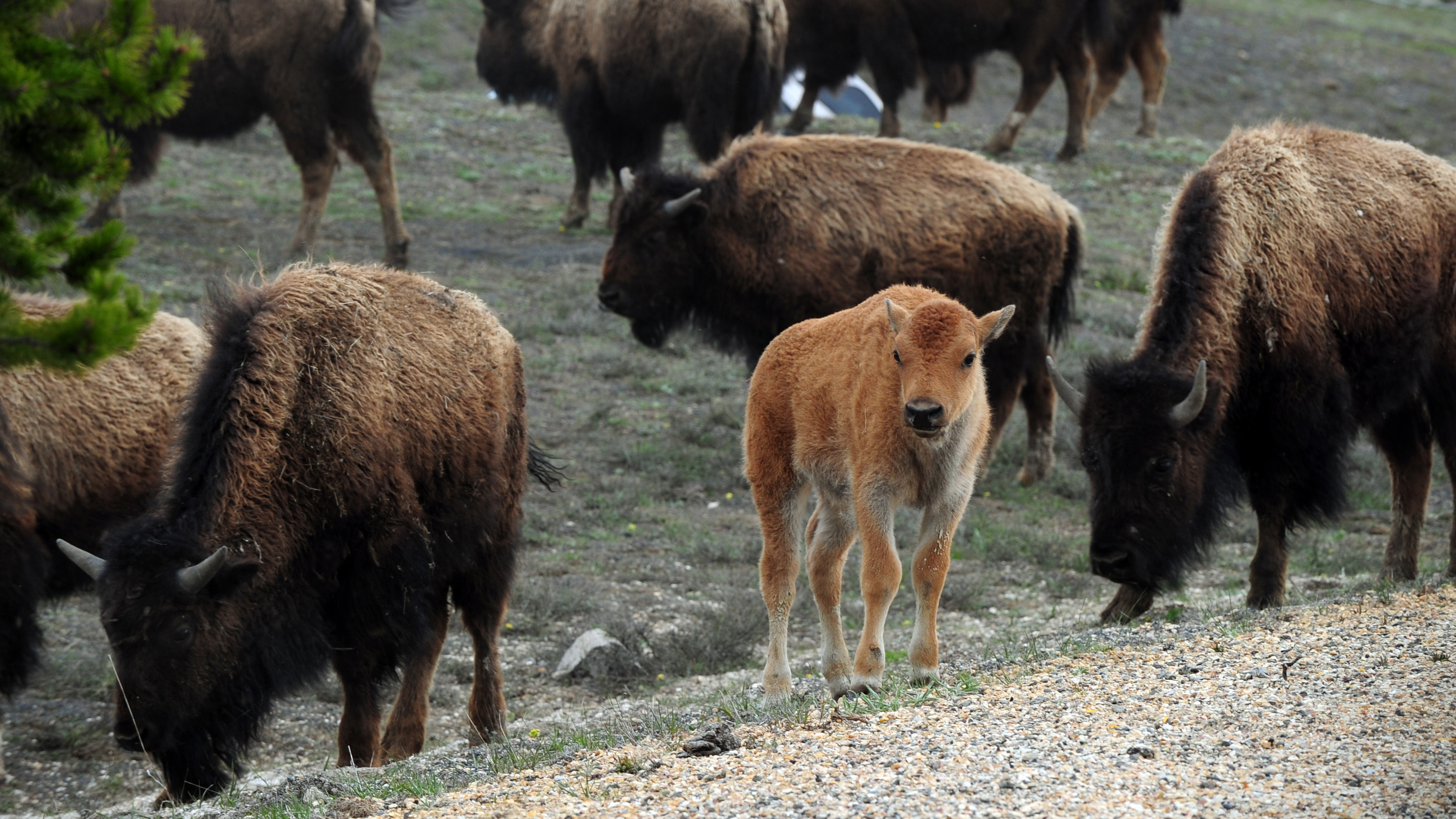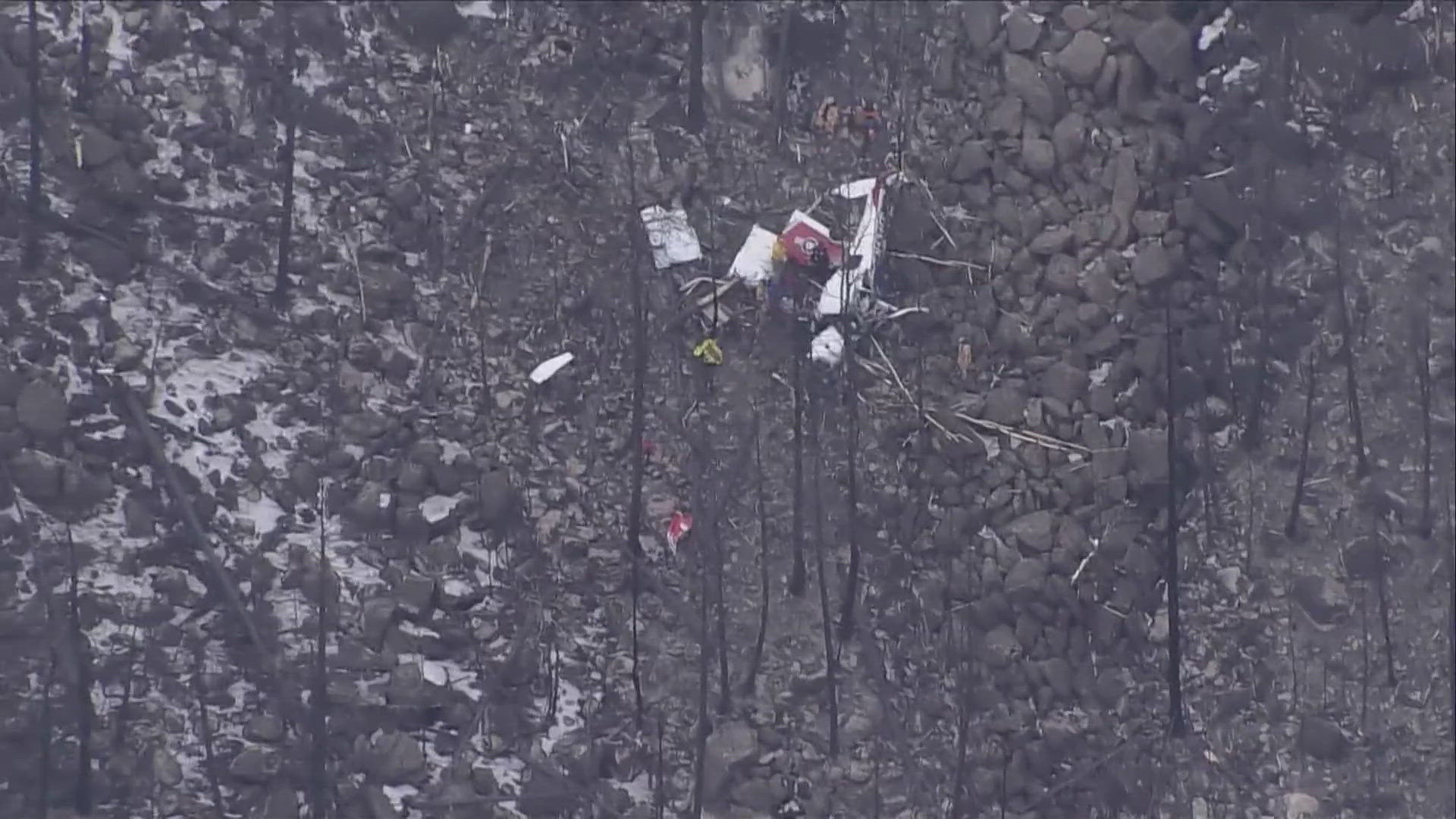Yellowstone National Park officials started trapping bison Monday as part of an annual effort to kill hundreds of the area's iconic animals through hunting or shipment to slaughterhouses.
Government agencies aim to drive down the bison population by as many as 900 this year to reduce the mammals' centuries-old migration beyond the park's boundaries and into Montana, the Bozeman Daily Chronicle reported.
A plan calls for eventually culling bison in the park from about 5,000 down to 3,000.
Efforts to winnow the bison's migration came after fears from Montana ranchers and landowners that the bison may vie with cattle for grazing space or transmit disease, according to the Associated Press.
About half of Yellowstone's bison have been exposed to brucellosis, an animal disease that causes abortion in cattle, AP reports.
There are no recorded cases of it moving from bison to cattle.
"There is recognition by both disease regulators and wildlife managers that the risk of brucellosis transmission from bison to cattle is minute," the National Park Service told Vice magazine last year.
In 1995, Montana sued the National Park Service over bison migration into the state. The settlement created a plan requiring hundreds of bison to be captured and killed each year.
A record-high 1,726 bison were captured in the park in 2008, AP notes, with most sent to slaughterhouses.
Meat and hides from the slaughtered bison are distributed among members of Native American tribes, according to the National Park Service.
In 1902, the herd of bison in Yellowstone dwindled to as low as 23. The park now counts near-record levels of its bison, per AP, which biologists cherish as genetically pure.
While hunters had killed more than 300 bison as of Sunday, the Chronicle reported, the park said it wasn't enough to negate the need for regular capture and slaughter.
"We understand that many people are uncomfortable with the practice of capture and slaughter—we are too, so we're looking for additional alternatives," the Park Service said in a guide to the controversy on its site.


